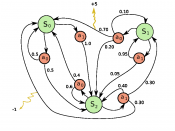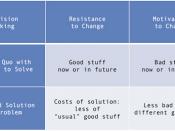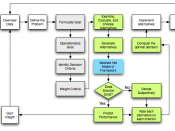Government raises money and spends it; it organizes itself to govern and recruits the people to implement its decisions. But how are decisions made? This section will lead you to information on the legislative process, budgetary process, and Cabinet decision-making process, all of which are described in other sections of this program. It will also provide some insights on federal-provincial decision making and citizen engagement.
There is no single decision-making process in government. Decisions can be made in a variety of ways at a variety of levels. For simplicity, the following graphic outlines the process at a very general level. The process involves a number of elements including public consultation, interdepartmental discussion, Cabinet and Parliament.
Very often things start in the public domain. Citizens seek a new service or program or are dissatisfied with the existing one. The media can play a role in bringing it to the attention of government, or an MP might be advised of an issue by a constituent.
There may be a change in the economy or an international event might require a response. (e.g. Famine in Ethiopia, need for a fixed link to PEI, high unemployment figures, highway safety).
The next steps mostly occur inside a department or if the issue is "horizontal", within a cluster of departments. More and more often, issues are arising that are considered horizontal. This is precipitating a move within the public service toward greater collaboration between departments, pooling of resources, and establishment of coordinating committees. Examples of horizontal issues are water quality (involving departments such as Environment, Industry, Agriculture, Intergovernmental Affairs, Fisheries & Oceans, Health, DFAIT, and others) or international trade (involving 23 departments and all the provinces).
Once the responsible departments are identified, the problem will be defined and analyzed. Further analysis of the issue...


